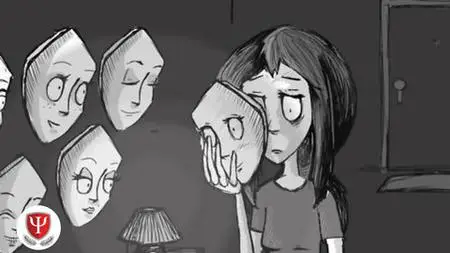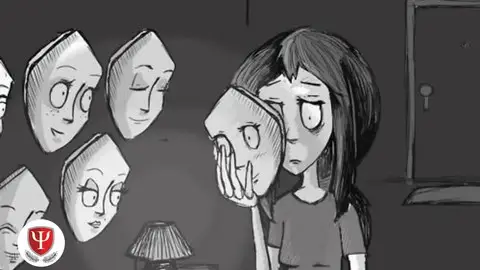Schema Psychotherapy For Borderline Personality Disorder Bpd
Last updated 7/2022
MP4 | Video: h264, 1280x720 | Audio: AAC, 44.1 KHz
Language: English | Size: 1020.47 MB | Duration: 2h 27m
Last updated 7/2022
MP4 | Video: h264, 1280x720 | Audio: AAC, 44.1 KHz
Language: English | Size: 1020.47 MB | Duration: 2h 27m
Complete schema psychotherapy and counseling treatment plan for BPD - Borderline Personality Disorder.
What you'll learn
Learn how to diagonse borderline personality disorder.
What is schema therapy?
Learn to treat BPD with schema psychotherapy.
Theoretical & practical knowledge of Borderline Personality Disorder.
How to practice schema therapy in counseling with structure
Ready to use worksheets & templates for your counseling sessions
Learn cognitive, experiental, behavioral and counseling techniques
Free access to exclusive weekly articles
Requirements
NA
Description
Welcome to the course!!In this course, you will learn everything about Schema Psychotherapy & Counseling for Borderline personality disorder (BPD). We will cover the basics as well as some advanced practices for counselling clients and treating their mental Issues.In schema therapy, you’ll work with clients with BPD to uncover and understand their schemas, sometimes called early maladaptive schemas. Schemas are unhelpful patterns that some people develop if their emotional needs aren’t met as a child.Borderline personality disorder (BPD) is a mental health disorder that impacts the way you think and feel about yourself and others, causing problems functioning in everyday life. It includes self-image issues, difficulty managing emotions and behaviour, and a pattern of unstable relationships. Borderline personality disorder usually begins in early adulthood. The condition seems to be worse in young adulthood and may gradually get better with age. An intense fear of abandonment, even going to extreme measures to avoid real or imagined separation or rejection. A pattern of unstable intense relationships, such as idealizing someone one moment and then suddenly believing the person doesn't care enough or is cruel. Rapid changes in self-identity and self-image include shifting goals and values and seeing yourself as bad or as if you don't exist at all. Impulsive and risky behaviour, such as gambling, reckless driving, unsafe sex, spending sprees, binge eating or drug abuse, or sabotaging success by suddenly quitting a good job or ending a positive relationship. These are a few symptoms of Borderline Personality Disorder.Schema therapy is a newer type of therapy that combines elements of cognitive-behavioural therapy (CBT), psychoanalysis, attachment theory, and emotion-focused therapy, among others.It’s an integrative approach that aims to treat personality disorders and other mental health concerns that don’t always respond to other treatment options. It can be particularly useful for treating borderline personality disorder. This course is created by Iisha Garg.Course created by Vyas Psychology Training Centre.
Overview
Section 1: Course Introduction
Lecture 1 Introduction
Lecture 2 Comorbidity and Prevalence
Lecture 3 Development
Section 2: Schema therapy for BPD disorder
Lecture 4 4.Treatment of personality disorders with cognitive behavioural therapy
Lecture 5 Development of schema therapy
Lecture 6 Comorbidity of disorders
Lecture 7 Rationale for schema therapy
Lecture 8 5 modes of characteristics
Section 3: Treatment Plan
Lecture 9 Structure of Treatment
Lecture 10 Phases of treatment
Section 4: The therapeutic relationship
Lecture 11 Important elements of therapeutic relationship
Lecture 12 Therapist’s schemas
Section 5: Experiential techniques
Lecture 13 Imagery
Lecture 14 Roleplay
Lecture 15 Two-or-more chair technique
Lecture 16 Experiencing and expressing emotions
Section 6: Cognitive technique
Lecture 17 Introduction
Lecture 18 Cognitive techniques
Section 7: Behavioural techniques
Lecture 19 Behavioural techniques
Section 8: Specific techniques for each mode
Lecture 20 Detached protector
Lecture 21 Abandoned/abused child
Lecture 22 Angry/ impulsive child
Lecture 23 Punitive parent
Lecture 24 Healthy adult
Section 9: Ending of the therapy
Lecture 25 Ending of the therapy
Lecture 26 Course Completion
Psychologist,Psychotherapist,Psychiatrist,Counselors



